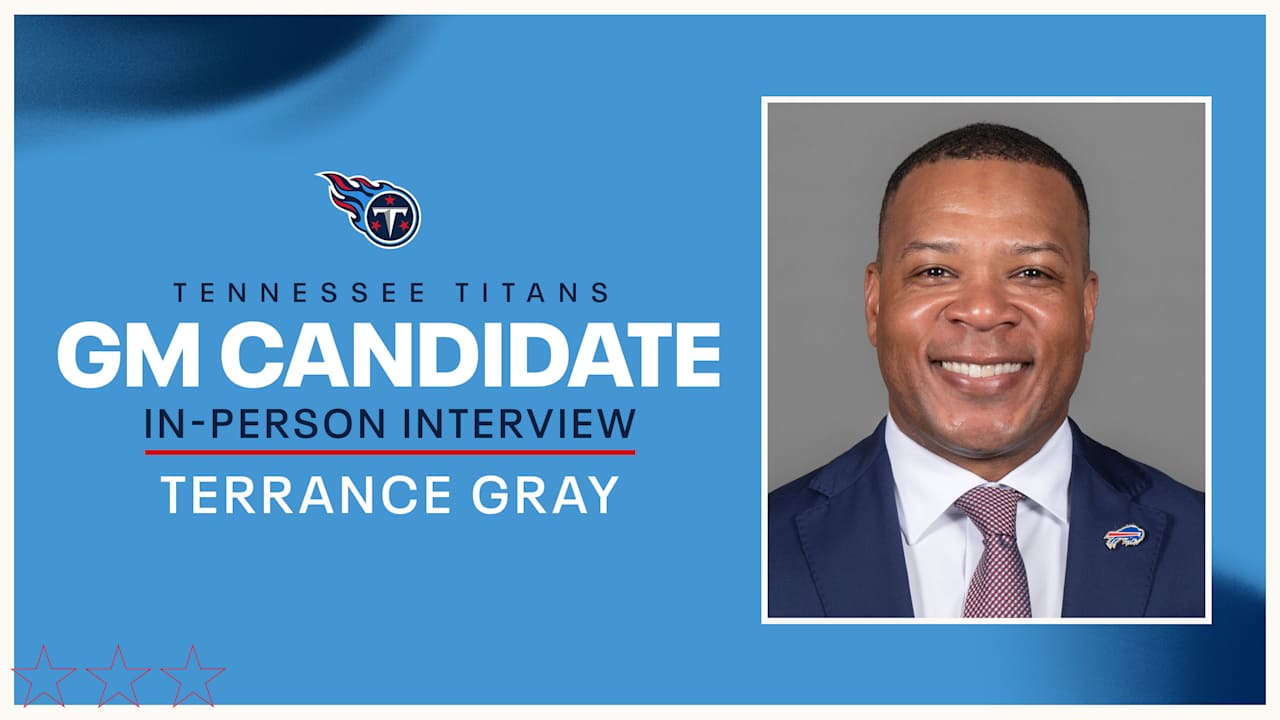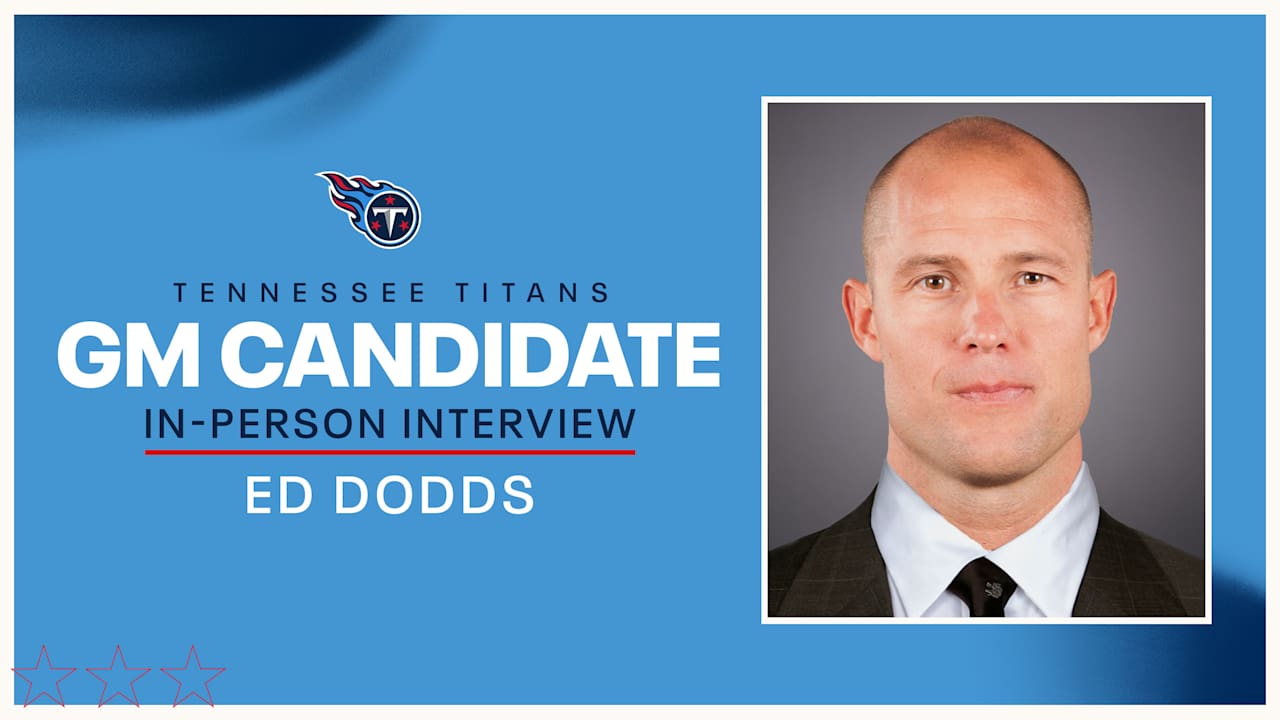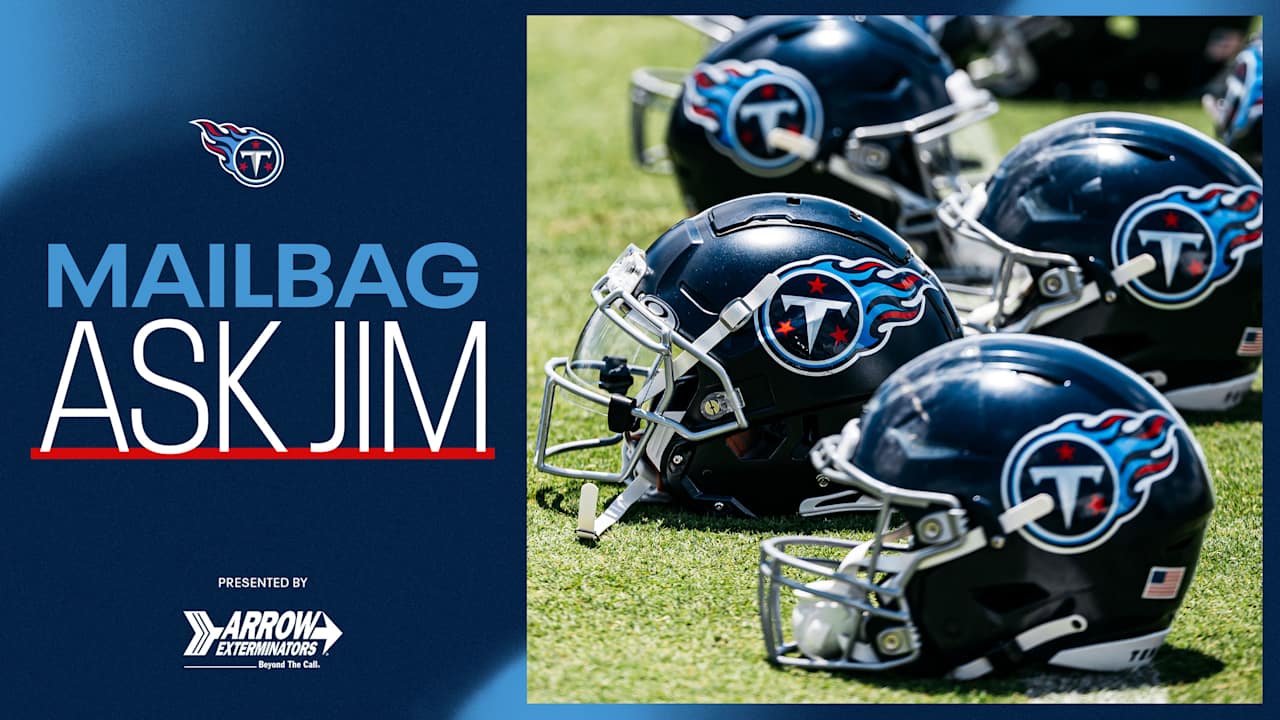If crowd management consultant Larry Perkins were leading one of the two formal investigations into what went wrong at Travis Scott’s Astroworld festival in Houston on Nov. 5, he would give his team a fairly broad mandate: “Find the sparks that started the fire.”
“Whenever there’s a catastrophic incident, there are triggers,” says Perkins, an assistant general manager at PNC Arena in Raleigh, North Carolina, and the author of several crowd management books. Triggers can be actions within the crowd, staff or from the artist on stage that generate a reaction from the audience. Some are obvious, others might go unnoticed which is why it’s important to begin collecting information immediately while people’s memories are still fresh.
The hard part, investigators with the Houston Police and the Harris County Commission will find, is applying their findings to the event’s crowd management plan. That’s because understanding what went wrong often requires hours and hours peeling through more than a dozen layers of contingency plans, technical charts and analysis from more than a dozen contributors and different government agencies, private companies and specialized experts offering services like algorithmic behavioral modeling and disabilities compliance consulting.
The study of crowd management began in the 1920s to develop crowd control techniques for police to deal with large groups of people. Today, it applies to all advanced planning on how fans with safely enter, attend and safely exit events with an emphasis on minimizing lawsuits, injuries and loss of life.
“Crowd control is what happens when crowd management fails,” says Gil Fried, a professor of sport management at the University of West Florida. “It’s using your resources to prevent emergencies.”
Many of the modern crowd management techniques used now to promote life safety and security were partially developed by the Department of Homeland Security following the Sept, 11, 2001, terrorist attacks. Working in partnership with trade associations like the International Association of Venue Managers, the guidelines are responsible for creating the incident command system (ICS) used by nearly all sports leagues and concert promoters, as well as most public safety and emergency response agencies.
At its core ICS is a standardized system for establishing command, control and coordination roles in an emergency — for Astroworld, the ICS system was critical to activating the Houston Fire Department’s emergency response.
The ICS system mostly only deals with emergencies. The next layer within crowd management — event operations planning — is the result of hundreds of man hours researching, planning and drawing up plans to avoid and mitigate deadly accidents, like stampedes and crowd surges.
Historically, crowd crushes occur because of a failure to control the flow of people into a confined space. One solution increasing being utilized by festivals like Stagecoach is the use of barricaded corrals to limit how many people are concentrated in anyone part of the festival. Instead of dividing a large general admission space in two like most traditional barricade systems, a corral system divides up the GA floor into a grid of enclosed seating and standing sections with barricades on all four sides. Traffic flow in and out of each section is regulated by ushers and the grid’s proximity is based on crowd movement. The boxes closest to the stage are held for fans who want to stand and dance, while the boxes toward the back are for fans who prefer to watch the show seated.
Technology is also being used to solve issues that have long been difficult for crowd management professionals to control. Long lines for food, merchandise and the bathroom can sour the crowd’s mood and increase tension. California promoter Nederlander Concerts came up with an innovative solution during the pandemic for its drive-in concerts — mobile phone queuing. Instead of physically standing in line, fans simply register a spot in line on their phone and then receive a notification on their device when it’s their turn to use the bathroom or buy merchandise.
Another change — free water. The price and availability of bottled water was cited as a key complaint of attendees at Woodstock ’99 in Rome, New York. Concert promoter Insomniac faced similar complaints in 2014 at its Electric Daisy Carnival festival in Las Vegas where temperatures could soar as high as 110 degrees. After complaints from health officials, Insomniac began providing free access to drinking water spouts in 2015 where fans can fill up their own bottles and cups to stay hydrated.
The goal of these creature comforts, explains Fried, is to manage expectations. A fan who feels that their needs are being taken care is less likely to act out, he explains, even at concerts with more aggressive music and dancing.
One example Fried points to is the band Slayer, whose 1986 Reign in Blood tour, introduced the media to “moshing” — which was relatively new at the time — and promoters were worried about how to address the potential danger.
While the band’s shows seemed dangerous at the time, no critical injuries have been reported at Slayer’s concerts Keeping Slayer and its fans safe, says Fried, was a series of unspoken rules: create enough space for others to enjoy the show, don’t dance aggressively against the flow of the crowd, and watch out for others who might need help.
“They essentially developed a safety and oversight system with two key tenets of crowd management — social and situational awareness,” says Fried, adding that veteran fans, aware of the crowd dynamic and alert for potential problems in the mosh pit, would model behavior for new ones. It helps when an artist encourages that, of course. Scott has incited fans in the past to rush onstage and break through barricades, and although he did not do so on the night of Nov. 5, some fans may have taken his attitude as a general invitation to aggressively crush in.
“You don’t need a degree in occupational safety to understand the importance of telling people to stop crowding and take a step back,” continues Fried. “Music performances create a unique set of challenges, but nearly all of those challenges have been solved by the music community.”





